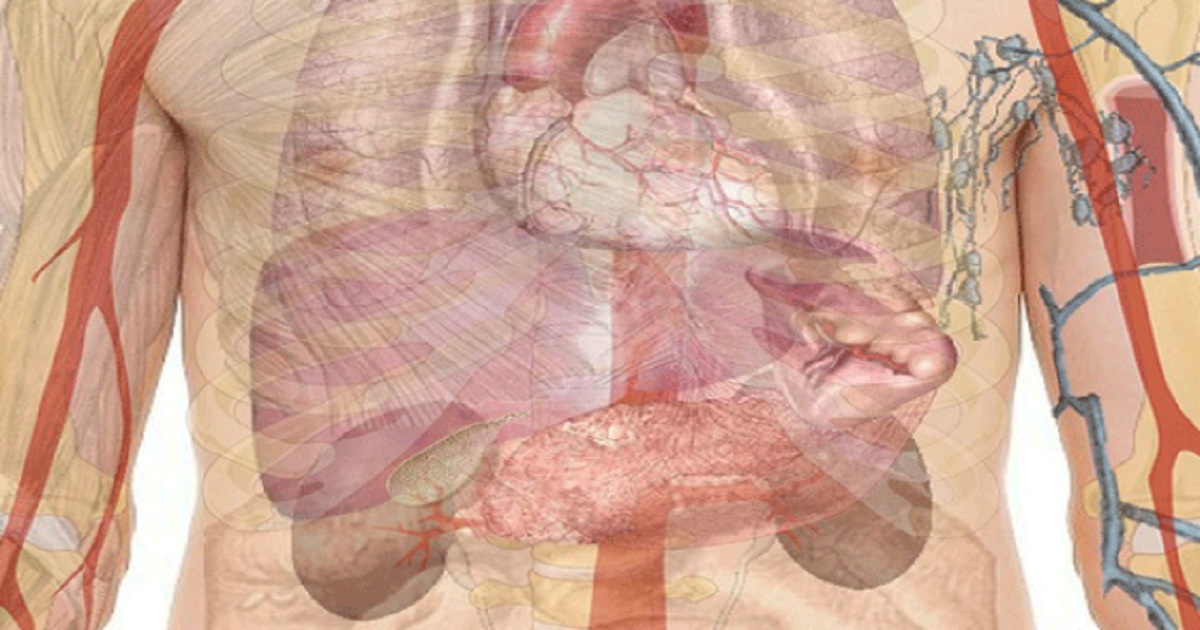Cellular Mechanosensing Key for 3D Formation
Technology Networks | November 23, 2018

If you want to build an organ, such as for transplant, you need to think in 3D. Using stem cells, scientists for some time have been able to grow parts of organs in the lab, but that is a far cry from constructing an actual, fully-formed, functioning, three-dimensional organ. For students of regenerative medicine and developmental biology, this is why understanding how cells bend and move to form organs and bodily tissue is a hot topic. And now a team at Kyoto University's Institute for Frontier Life and Medical Sciences have gained a new understanding of how cells undergoing mechanical strain create the spherical structure of the eye. Publishing in Science Advances, the team has found that individual cells together form a primordial, cup-like structure -- an 'optic cup' -- by sensing mechanical forces resulting from the deformation of the entire tissue. "In the past, we succeeded in making the optic cup by culturing embryonic stem -ES- cells. To form a sphere, the tissue needed to first protrude from primordial brain tissue and then invaginate inside," explains first author Satoru Okuda.